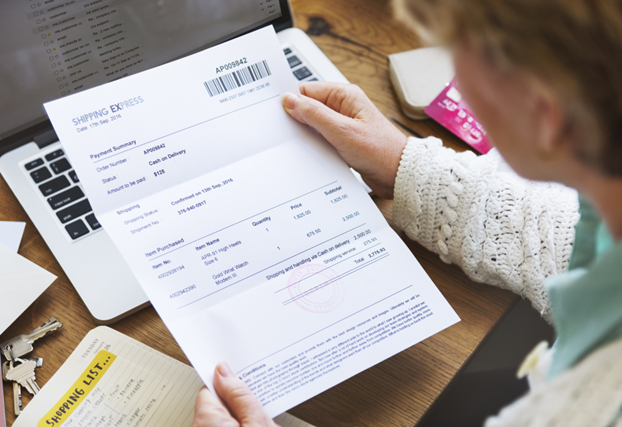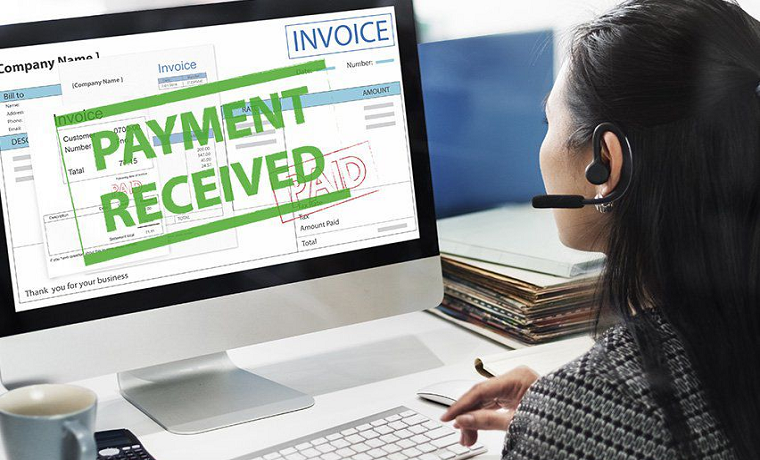More than 81 percent of owners of a failed business in the US had a poor understanding of cash flow management. That was one of the main contributors to their failure.
Managing your cash flow includes collecting from customers who haven’t paid their invoices. Here’s what to do when a customer won’t pay you.

Send a Reminder
When a customer won’t pay an invoice, sending a written reminder is the first step. Then follow up with a phone call to determine the reason for the non-payment. There may be something incorrect on the invoice or the customer might have a problem with your product.
This is a great opportunity to provide excellent customer service. If the details on the invoice are unclear, you might want to up your invoice game.
If you use an invoice maker, choose one that allows you to customize your invoices. You can tweak the design to make your bills easier to understand.
Charge Late Fees
Your invoices should indicate the invoice payment due date and set out your late fee terms. Have a system at your end to take care of the late fee billing process. Keep adding on late fees if the invoice isn’t paid and send a notice with each charge.
Send a Collection Notice
This is more formal than your first reminder. Include the due date, the amount due, plus any late fees charged. Give them a time frame where you’ll expect payment.
Include some options for paying invoices, including a certified cheque or bank transfer. Tell them the next steps you intend to take if the balance remains outstanding. Be persistent in your attempts to collect the debt.
If a customer is experiencing financial difficulties, they won’t pay you unless you continue to ask for money. Keep your communications professional and polite. You won’t get results and you may damage your relationship.
Put Their Account on Hold
Send a notice that their account is on hold until they pay their outstanding invoices. Don’t ship any more products or provide any more services. Invite them to talk about the problem and try to meet them in person if possible.
You could offer a payment plan or try to negotiate another solution. You may need to accept partial payment to avoid a more costly resolution to the matter. If that occurs, be sure to close their account.
Send a Final Demand Letter
If the customer won’t pay and there’s no other way to resolve the problem, send a final letter demanding payment. This is usually the final step before contacting a lawyer and beginning collections.
You could have a lawyer write the final demand letter to give your letter a more serious tone. Sometimes the threat of legal action is enough to collect payment.
What to Do When a Customer Won’t Pay
Most people don’t think about what to do when a customer won’t pay until it occurs. It’s good to have a process to follow so you aren’t caught off guard.
We hope you found some great ideas in this article. If so, be sure to use the search feature to check out more tips on running your business.

